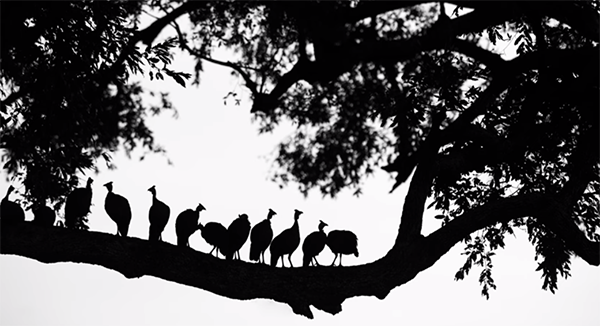IKEA’s new JÄRLEK collection has embraced the year’s biggest glassware trend — these are our top picks from the playful collection
We’ve been seeing two-toned glassware everywhere this year
Everyone loves a stunning silhouette, but do you understand how to capture one with precision? If not, stay tuned because that’s what you’ll learn how to do in this tutorial from the experts at C4 Photo Safaris— a group of guides, photographers and workshop instructors based in Botswana, Africa.
Instructor Danielle Carsons is a professional wildlife photographer who designs and leads photo tours in the African outback for shooters of all skill levels. This episode demonstrates how to make eye-popping silhouette photos under a wide variety of lighting conditions throughout the day.
Carsons explains her six tips in the contest of wildlife photography , but everything you’ll learn in the next eight minutes is equally useful for other genres like landscape, street scenes, and unique environmental portraiture. Her simple goal is to help you replace those bland versions of what you saw through the viewfinder with “dramatic well-defined silhouettes.”

The video covers five powerful shooting techniques for exposing backgrounds accurately, subject separation, camera angles, perspective, dealing with strong backlighting, and accentuating interesting shapes. Thoughtful composition is also on the agenda. Be sure to watch until the end when Carson runs you through all the appropriate camera setting that are important to understand.
Carson begins with a sort of obvious note about background brightness; namely, that your key subjects must be significantly brighter that what appears in the distance. And here’s an interesting observation: “Many photographers believe they have to be facing the sun to get a silhouette, but that’s not true.” In other words a bright background can be anything from water and mist, to those featureless white skies that usually avoid.
As the lesson proceeds you’ll learn how to deal with dark background areas, what Carsons means by saying “shape defines subject,” and how a small shift in your vantage point can pay big dividends in terms of composition. There are also tips for attaining impactful subject separation, and those all-powerful camera setting mentioned above.

Be sure to visit the popular C4 Safaris YouTube channel where you’ll find many more instructional videos for shooting in the great outdoors.
And on a related note, we recommend watching our earlier tutorial with another accomplished pro who demonstrates how to capture perfectly exposed photographs in difficult light by using your camera’s “foolproof” Spot-Metering mode.
